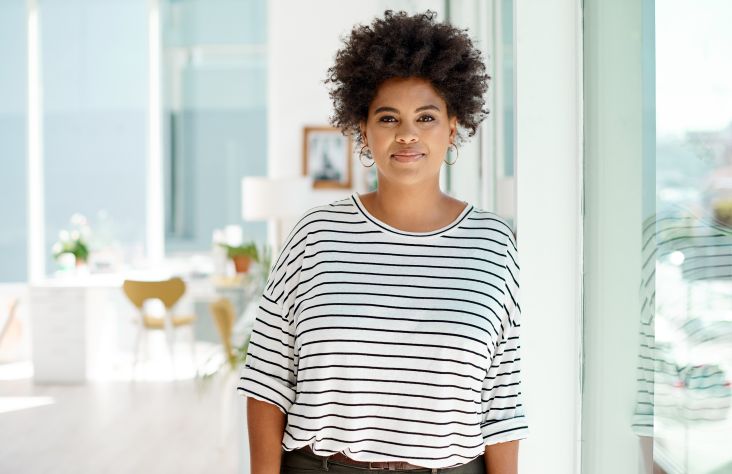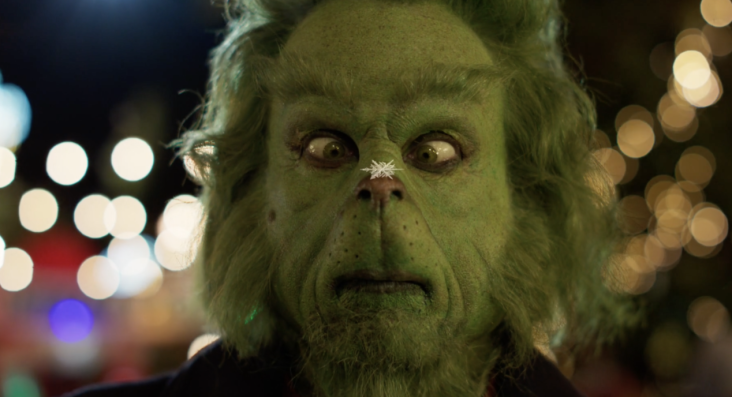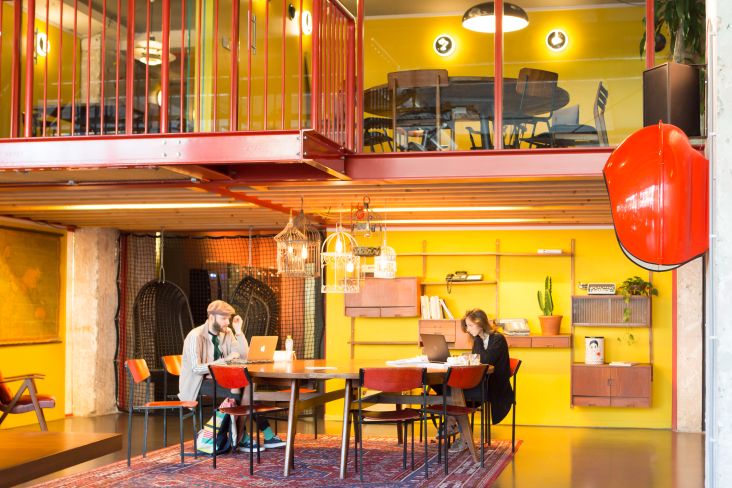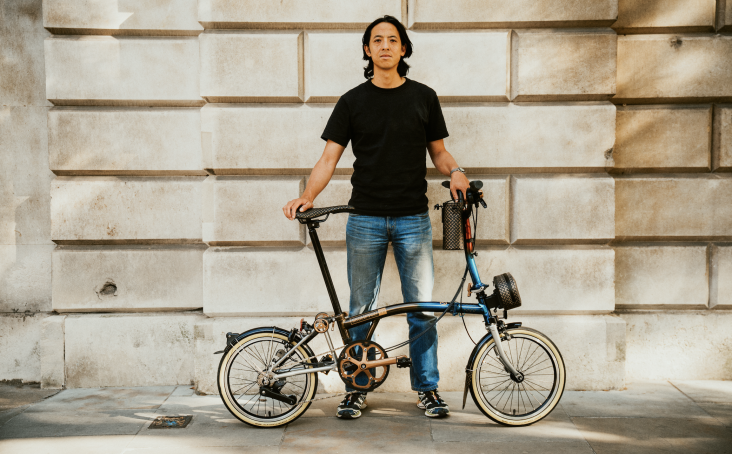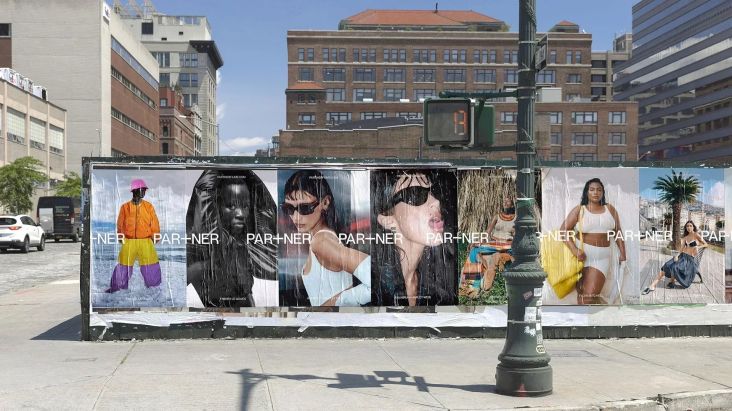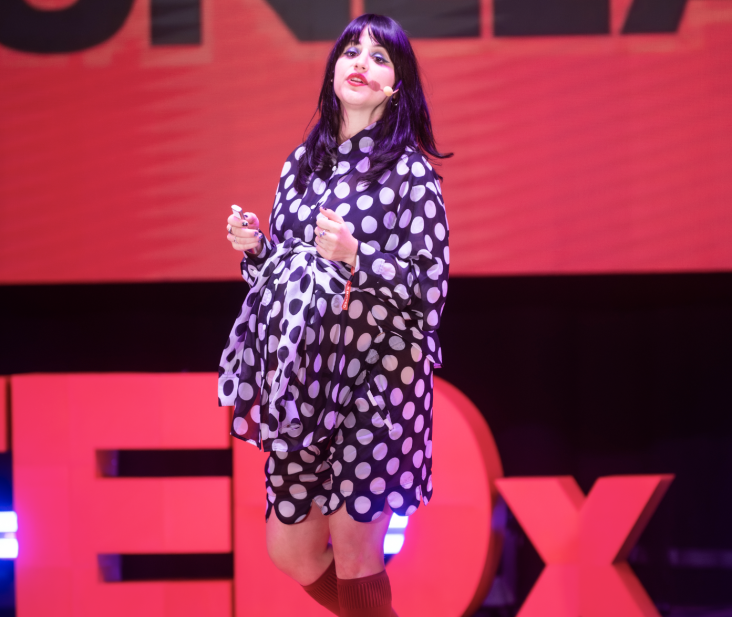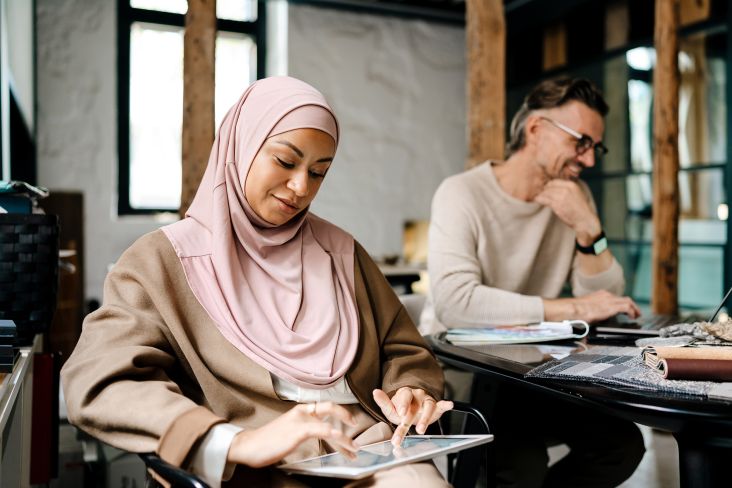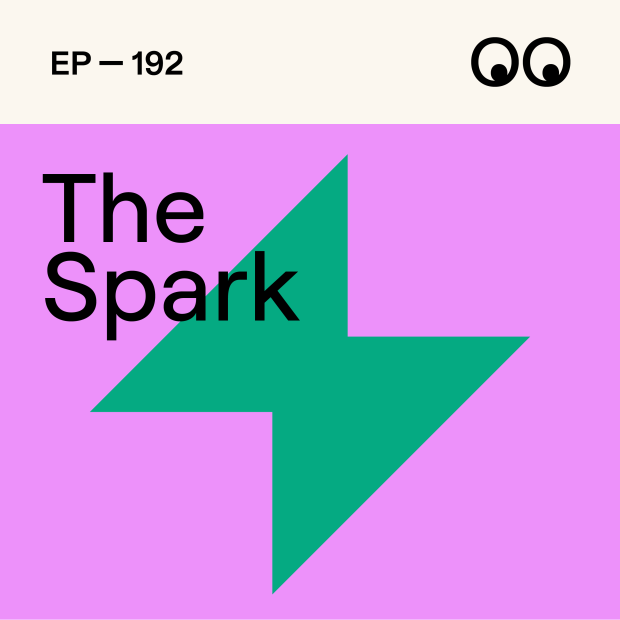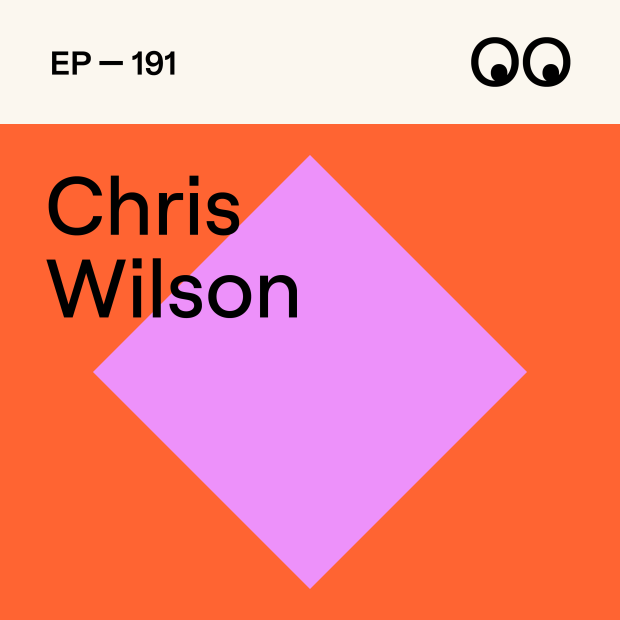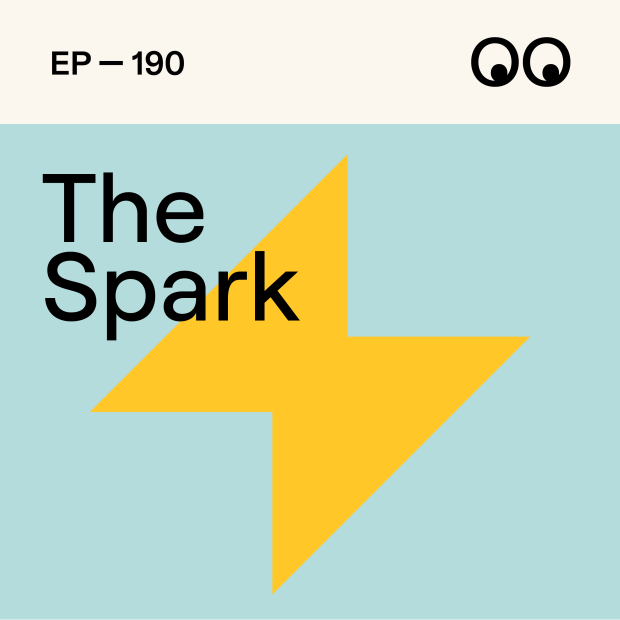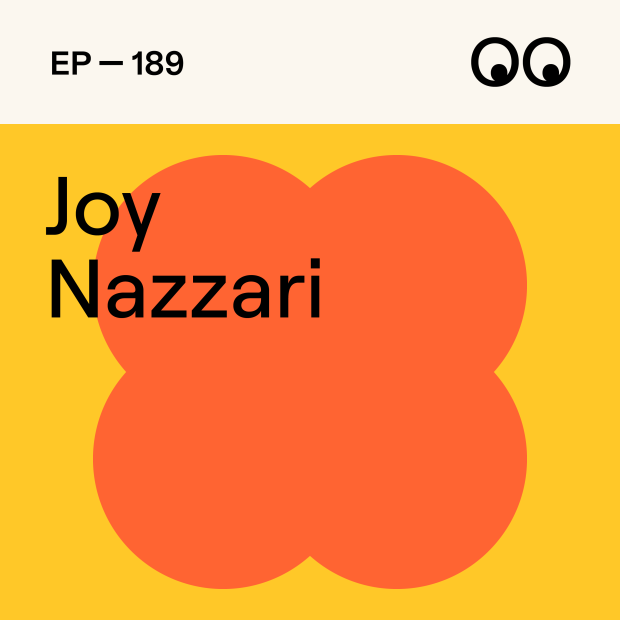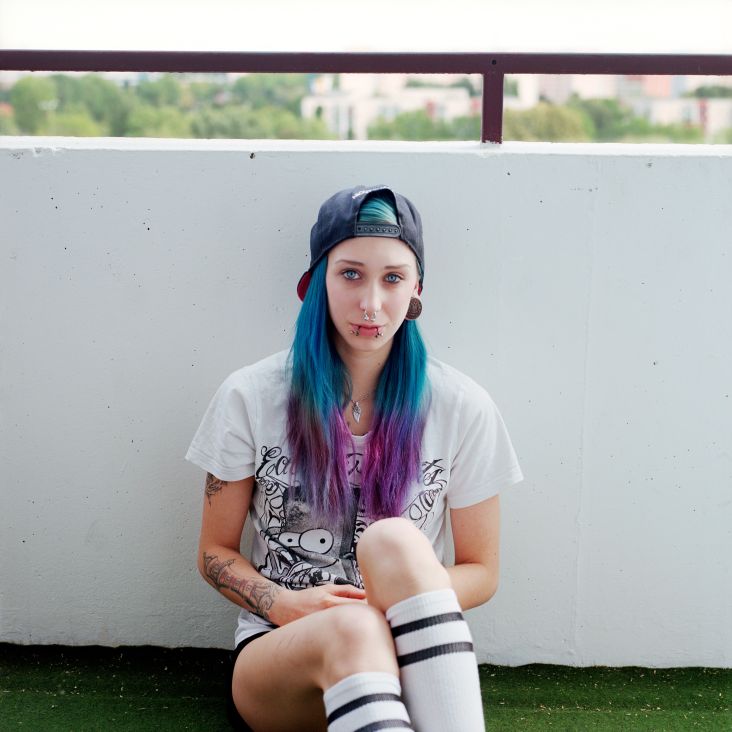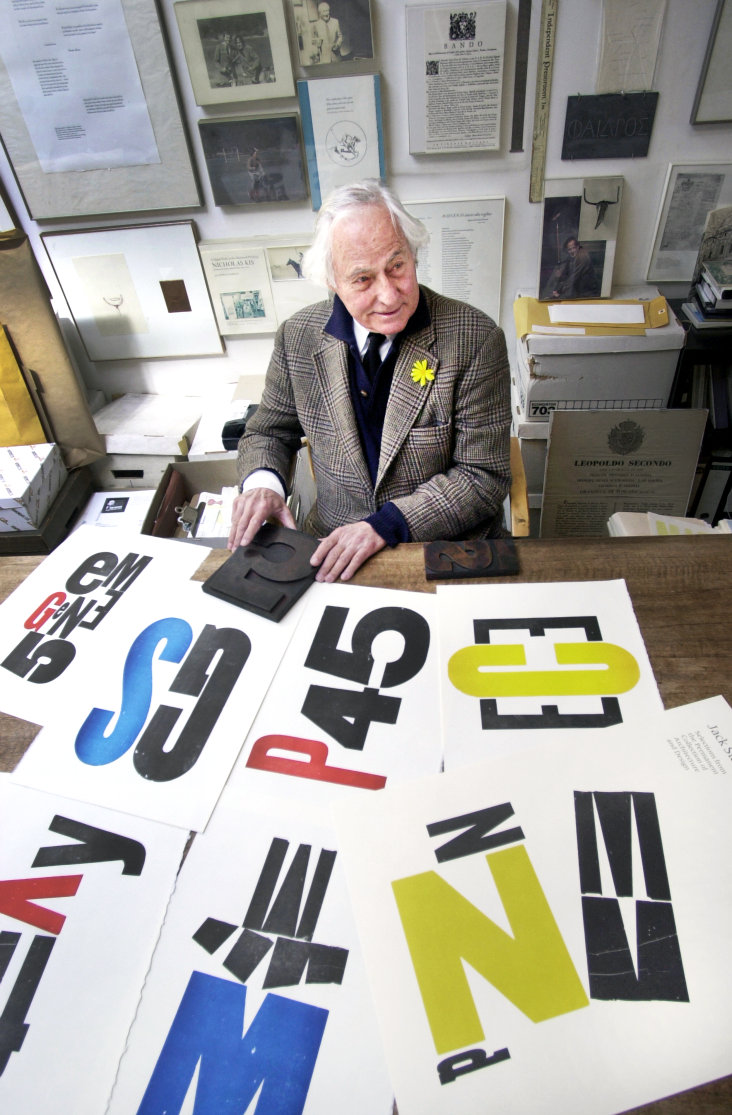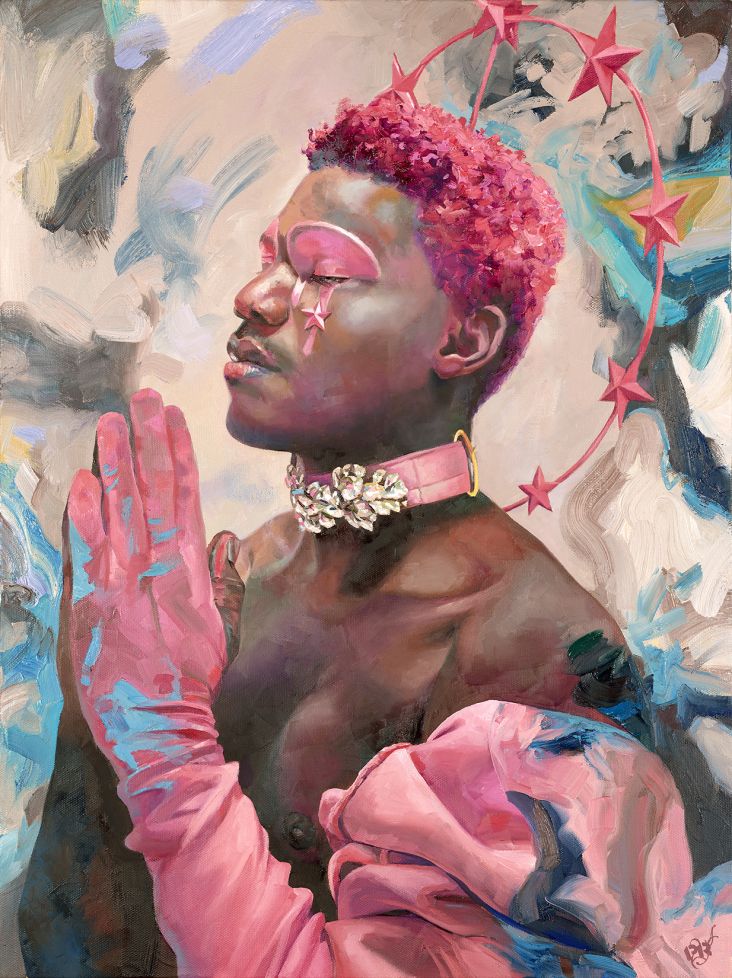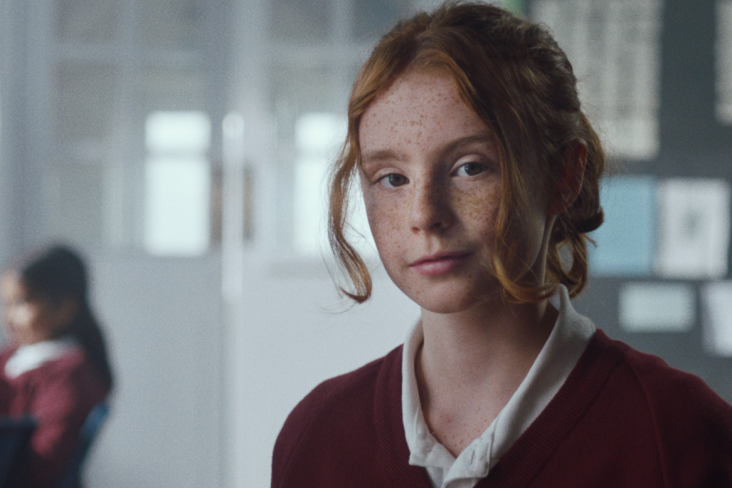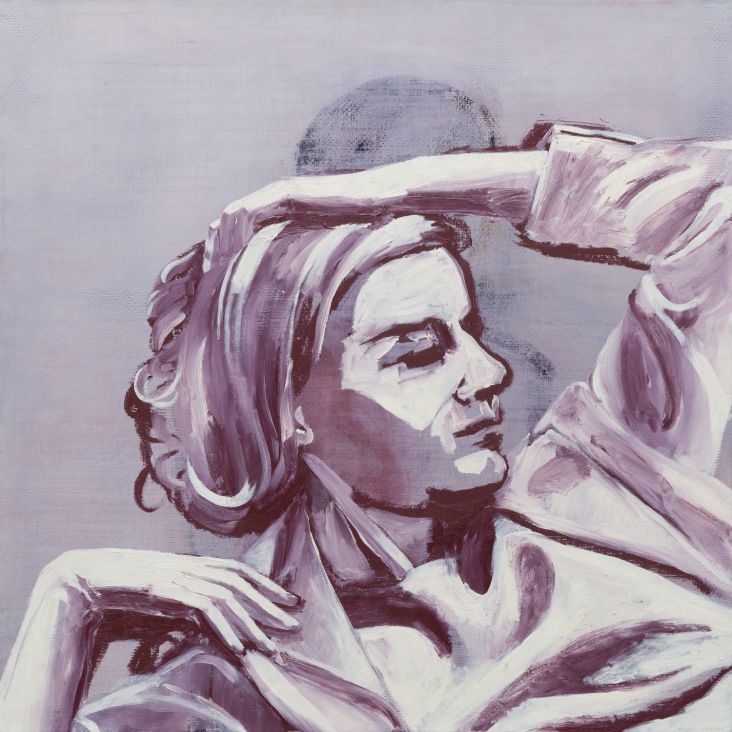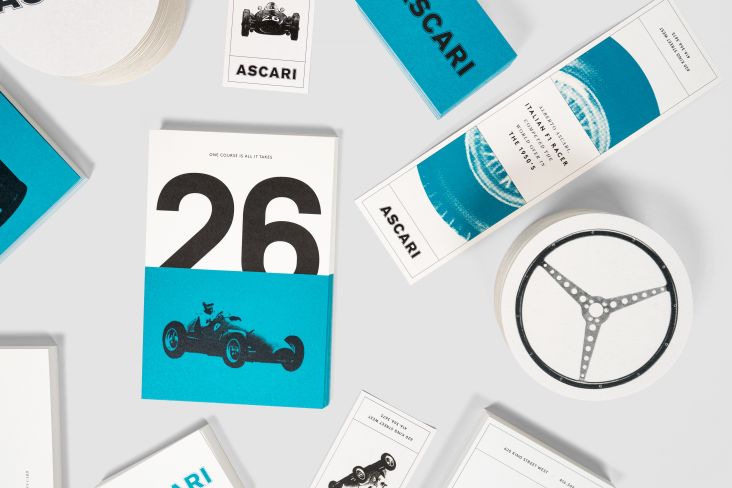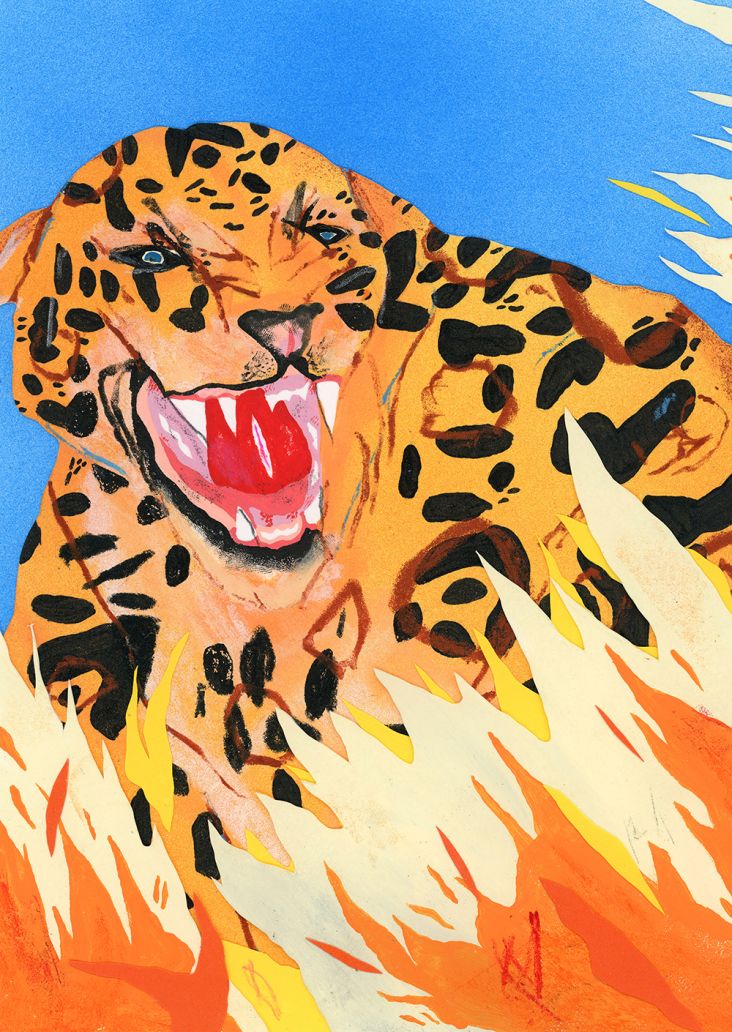Emma Witter on why she turns discarded animal bones into intricate botanical sculptures
British artist Emma Witter uses a very different kind of medium. She collects and breathes new life into animal bones to create intricate sculptures of flowers, leaves and other natural objects.
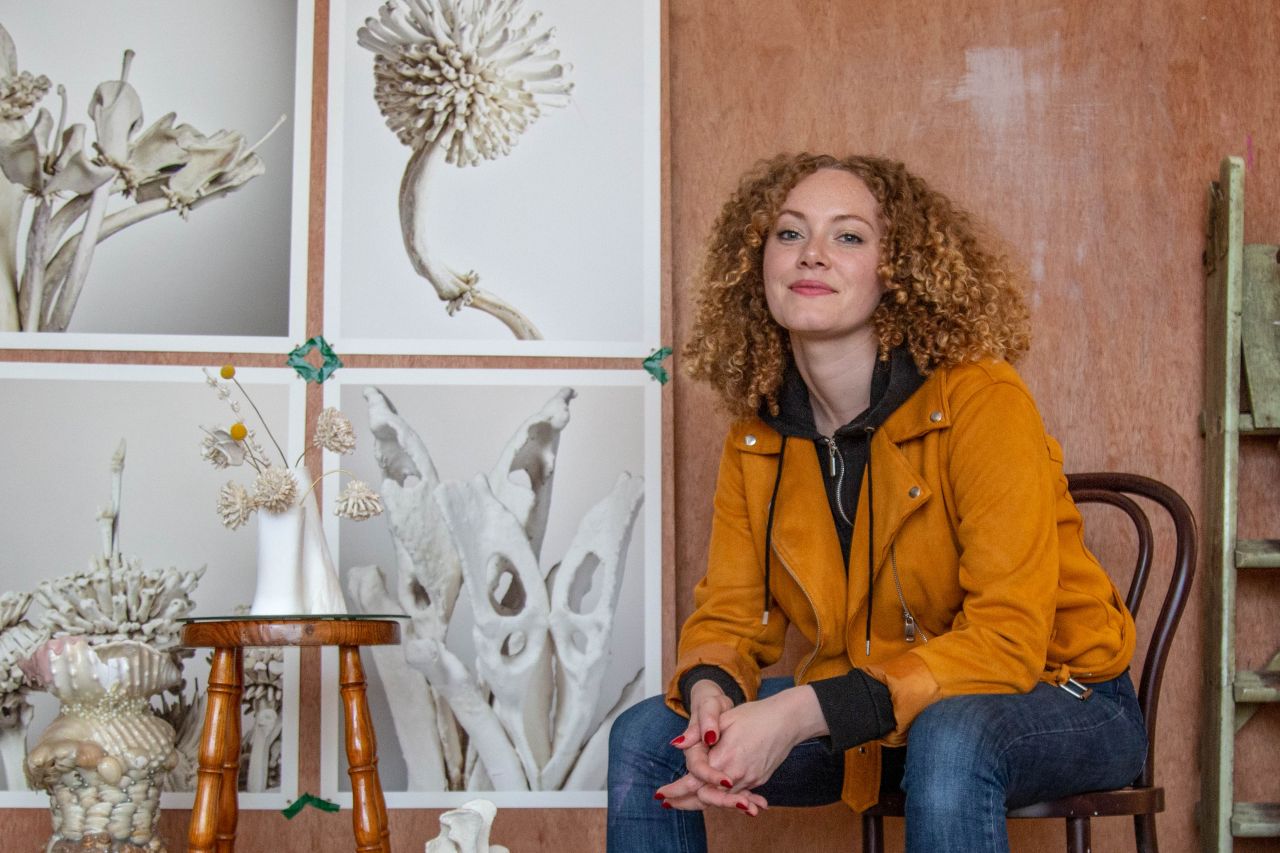
Emma Witter. Image credit: Pete Woodhead
Based in London, originally from Hertfordshire, she has just enjoyed a twelve-month residency at the prestigious Sarabande – the organisation founded by fashion designer Lee Alexander McQueen CBE in 2007. Her botanical forms are symbolic and emotionally loaded, and she hopes to dispel the macabre association of bones and instead highlight the lightness and beauty of the material.
With heavy references to 16th and 17th century Dutch and Flemish painters who used the flower as a symbol of life and its fragility, the delicateness and beauty of Witter's sculptures has won her numerous awards and global attention. We spoke to Witter about this and more.
Why the fascination with bones?
I just think they’re such beautiful objects. I love the gently curved forms, the symmetry, how they are so lightweight and yet immensely strong. I remember first having oxtail stew where the bones were whole, and marvelling at their beautiful, floral shape.
They’re very much like orchids. I felt uneasy throwing these objects in the bin and started to keep hold of them, researching how to preserve them. They are so widely available as a byproduct, and I think a surprising and overlooked material resource for sculpture.
What would you say are your influences?
I feel very inspired by artists and designers who are really dedicated to their materials. I’m quite obsessed at the moment with Fernando Laposse and how he is breaking down the fibres from different plants, like Cacti and corn husks, and creating new woven textures to be used for design objects. Grant Gibson presents a really good podcast called Material Matters where he interviews makers who are obsessive about a particular material.
I’m inspired by science and nature and recently discovered the Linnean Society in Mayfair where you can book to go and look through the most beautiful old books of botanical illustrations. I’m interested in London history and food history. I love the imagery of historical feasts and the theatrical presentation of food.
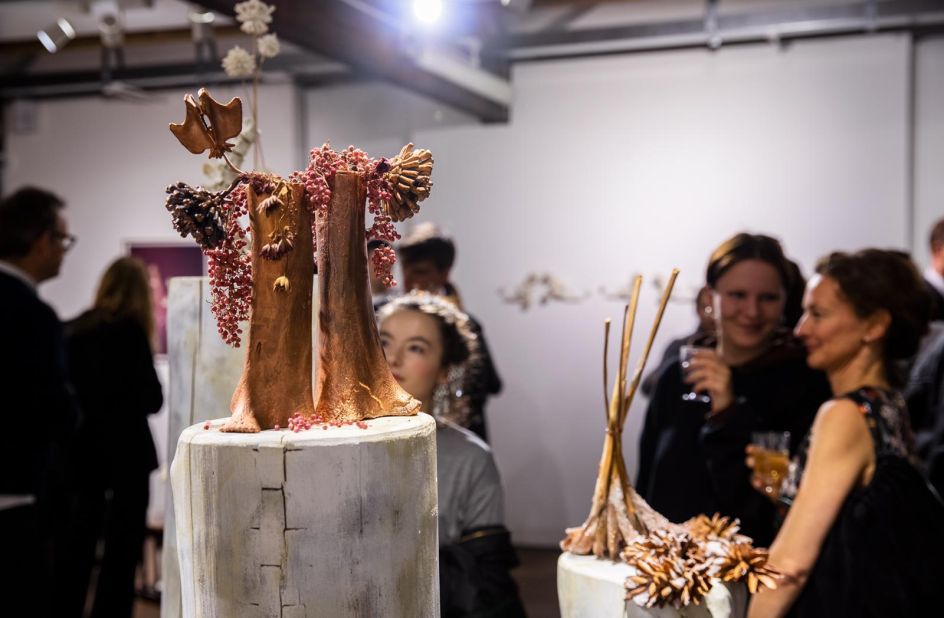
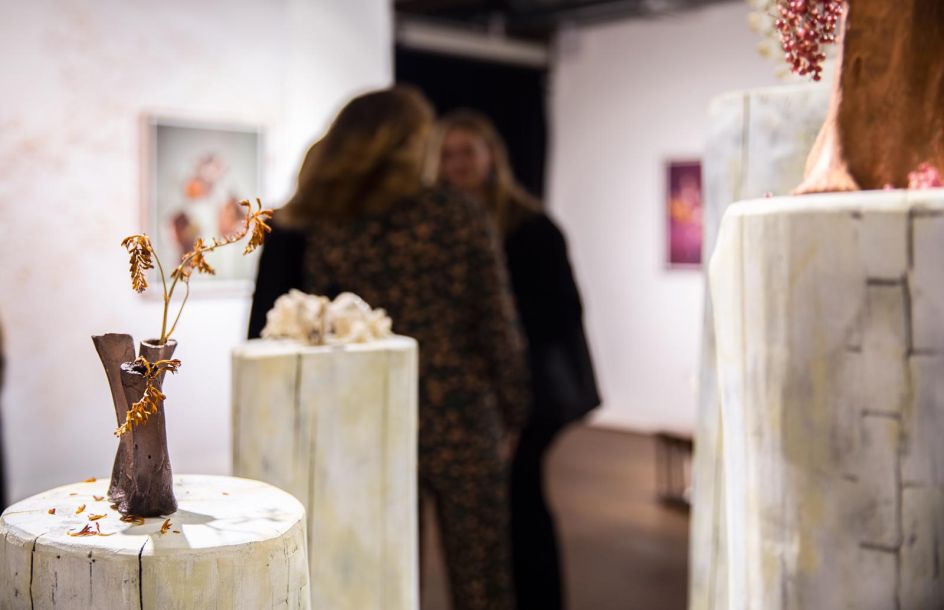
Talk us through how you create your artworks
I collect bones over some time, from my cooking, dinners with friends, from visiting butchers and collecting kitchen waste from my chef friends like Mark Hix and Martin Sweeney at Petersham Nurseries. I boil the bones, scrub them clean and then leave them in bleach overnight. After drying them out, I categorise them into their 'families' of shapes before I start to play around with how the forms can gently interact with each other.
The process of preparing the material is very time-consuming and has become very ritualistic to me. I like the idea of salvaging this overlooked material to create something beautiful and lasting. I’m often working on several experiments and pieces at a time. My studio is full of boxes of different categorised bones, tests and failures. I’m trying all the time to marry the objects in a way that looks light, peaceful and elegant.
What do your family and friends think about what you do?
Ha! They thought it was a bit weird at first, and then just accepted me for who I am! They’re all used to the bones, and know the drill at the end of dinner parties to pass them down for me, and hold onto their turkey carcasses after Christmas!
Were you creative as a child?
It’s hard to say, as I think most children are creative. In that, they explore things freely and with gay abandon which of course as adults we now envy. As artists, we now strive to replicate the act of creating, without a crippling sense of self-awareness. As a child, I was very interested in nature and obsessively collected little objects. Every day before school, I would get up at 5am to enjoy a couple of hours of alone time in the garden. My dad would find me sitting outside, wholly immersed, testing the different densities of rocks, breaking them down with a hammer. I was unique!
I would have treasure boxes of things like snail shells and unique stones and would present these boxes selectively to only my most favourite of adults.
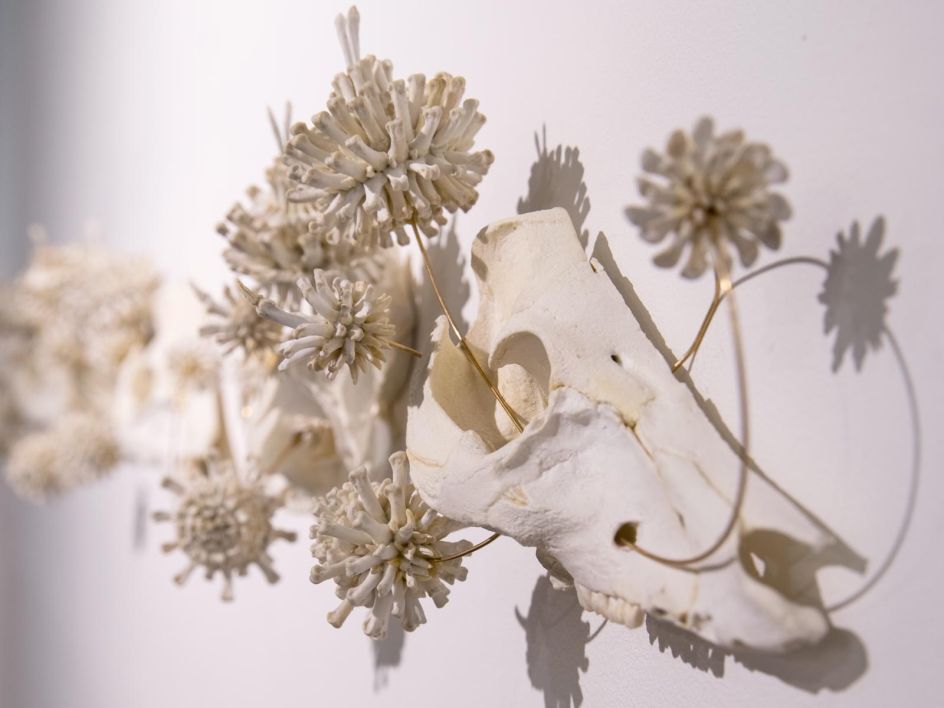
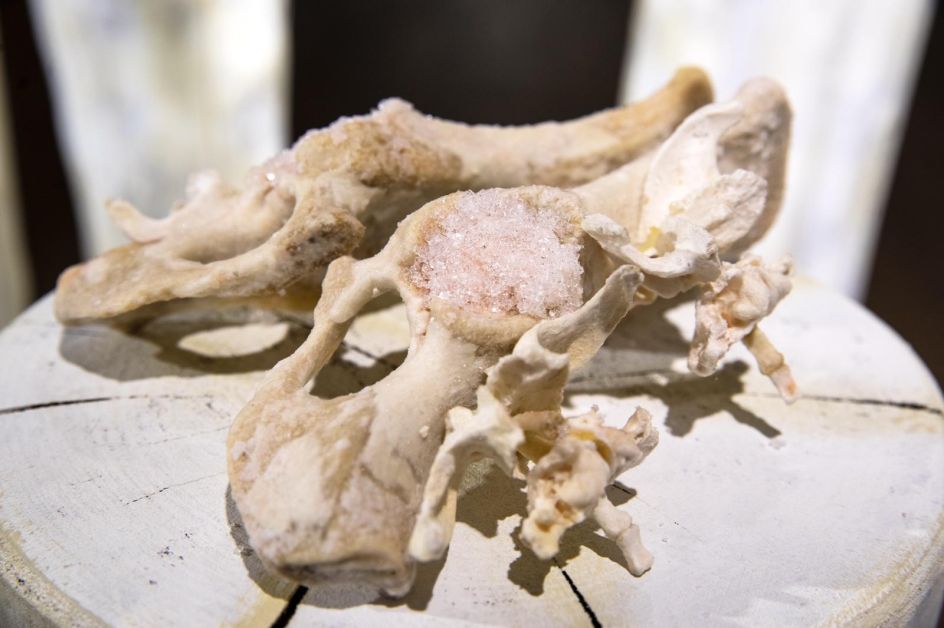
Talk us through your journey so far. Where did you study?
I studied Performance Design at Central Saint Martins and was interested in scenography. I didn’t have any technical skills so leaned towards being inventive with unusual materials – for example, I made costumes for a collaboration with the Rambert School of Dance, all from woven hair. I spent a lot of my student loan in Paks! I stuffed the dancers' little ballet bodices with padding to accentuate their bodies and then sewed on layers and layers of these lengths of hair, so it swooshed around with their movements.
For my final major project, I produced an immersive performance based around food and dining, where I particularly enjoyed the prop making of these weird imaginary 'meals', using food matter but in strange ways.
After I graduated, UAL funded me to set up my studio practice, and I explored this idea of food sculpture. This then fell into areas of both set design/prop making and sculpture as I started working commercially and also exhibiting.
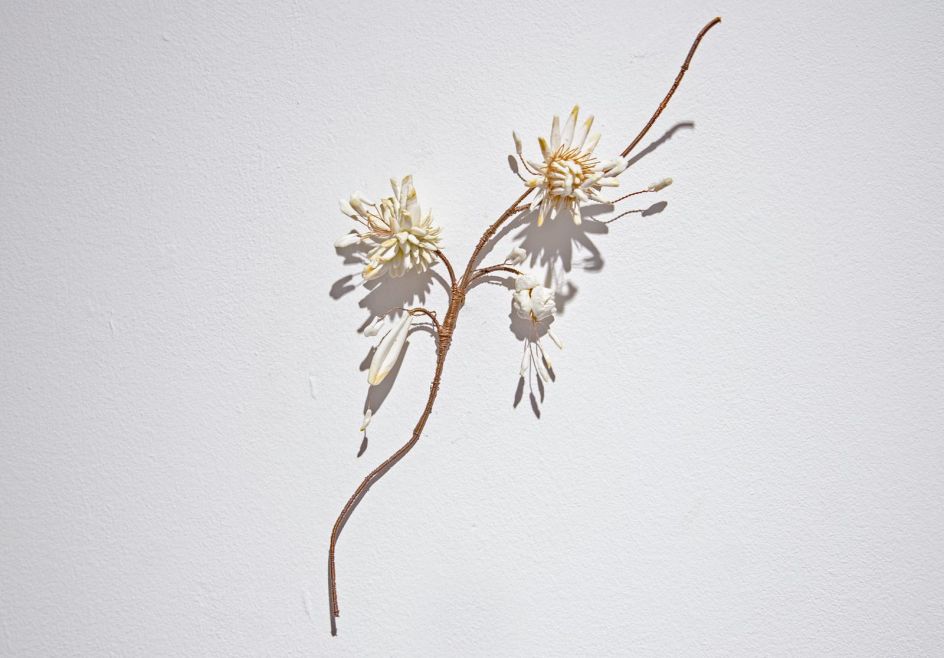
You've just completed a residency at Sarabande. How did it go?
It was amazing to be selected and feel a part of something so special. Especially as one of my best buddies Jonah Pontzer, who is an amazing painter, was also selected and we were put in the same studio. We shared one together a couple of years back and really missed it so it was extra special for us to be reunited! I met really amazing people, and it was a great platform for me to hold my solo exhibition. It all really just went by in a snap!
What were the key takeaways?
The people! 100% – I think we all say the same thing. I met some amazingly talented, really special people I’m so happy to have made friends with.
What would you say has worked well for you as an artist, in terms of getting your name out there?
I think it’s important to align yourself with people or places that you’re interested in...and I think when I’ve been more genuine in what I’m making it goes down better. Rather than trying to play it safe or thinking too much about being commercial.
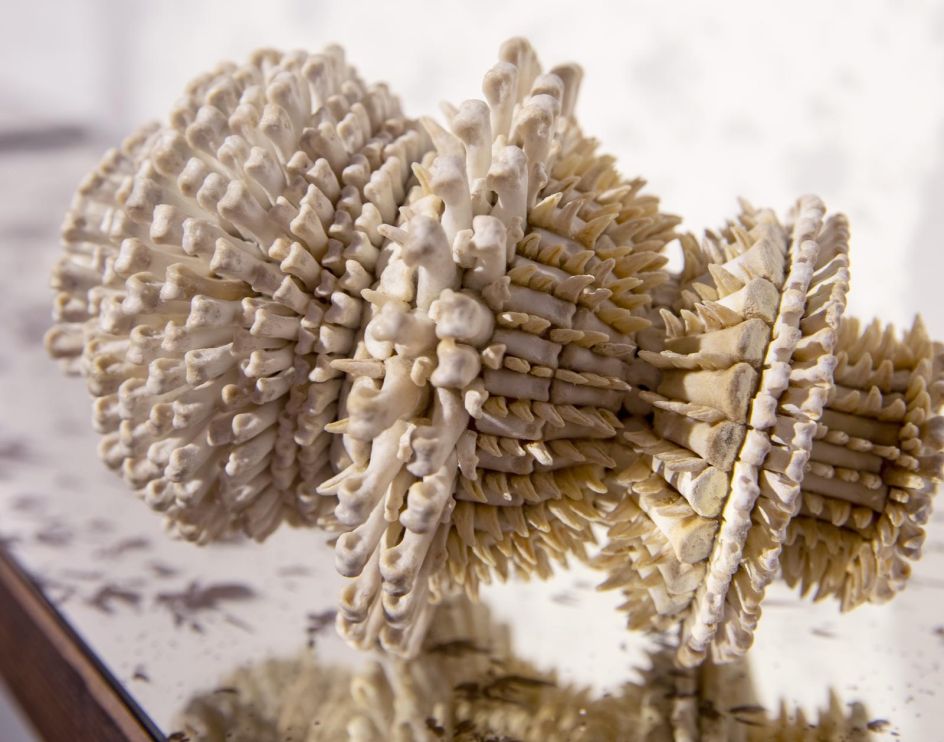
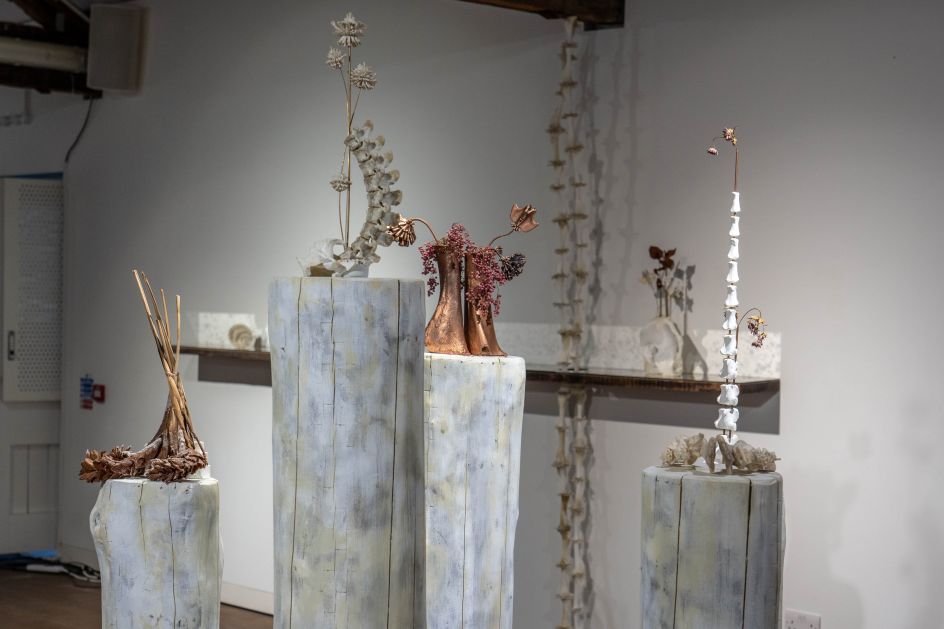
What advice would you share to emerging artists to make a success of their careers?
Give it your absolute everything. I also think it’s really important to talk and have a peer group, go out and look at loads of shows, talk to the artists, be active. It really helps to share ideas and developments with other creative people and not be trapped in solitary confinement in your studio.
What have you seen lately that's sparked your interest?
During London Design Festival, I saw Dan Tobin Smith’s VOID installation at Collins Music Hall which blurred boundaries between nature and design. He filmed beautifully the inside of rare gemstones and then had them projected on a large scale to create an immersive space. I wanted to live in it.
You can see Emma Witter's work in a group exhibition called Chroma, which runs until 11 November in a gallery underneath the Catherine Provost store at 127 Sloane Street, London. Witter will also be featured in Blue, another group show at Andrea Hamilton Studios in Kinnerton Street, featuring 32 artists who share a passion for the sea.
Find out more about Emma Witter at www.emmawitter.co.uk.
